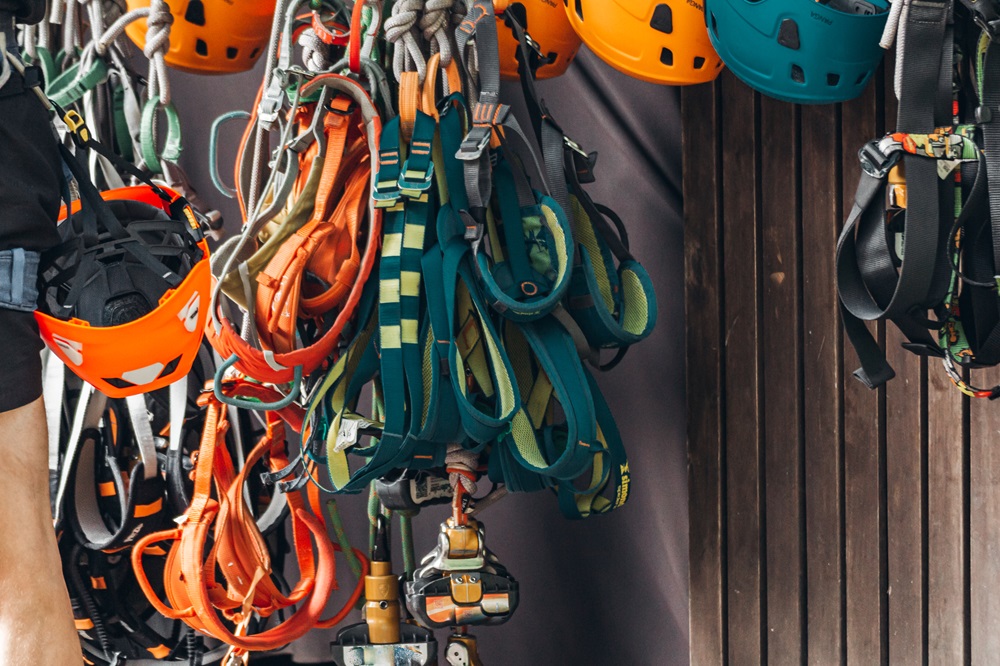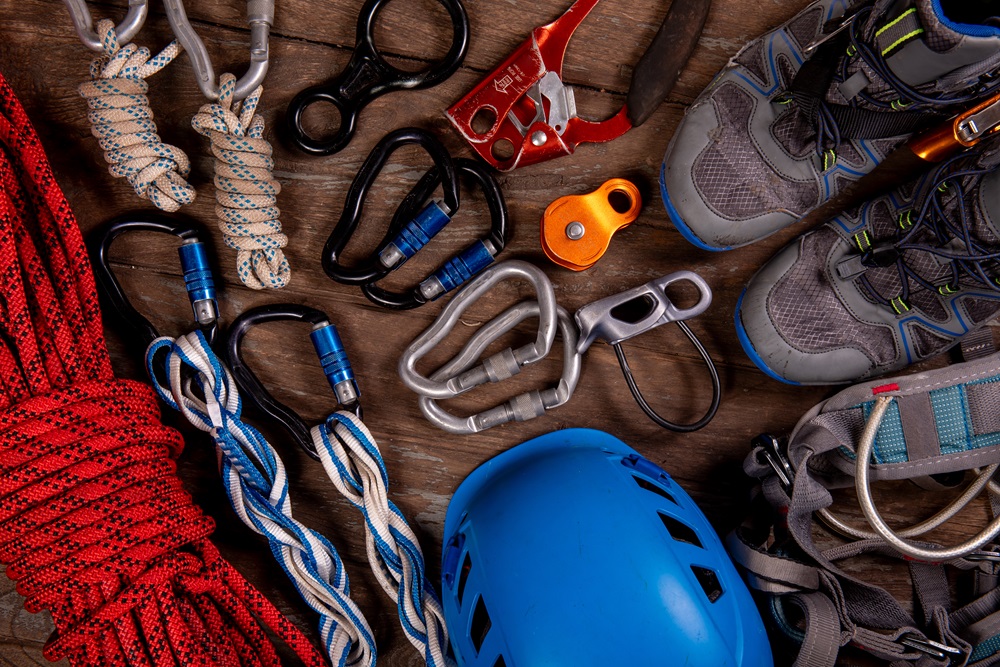Planning your next sport climbing adventure can feel overwhelming, especially when you’re trying to remember every piece of climbing gear you’ll need. We’ve all been there – standing at the base of a route only to realize we’ve forgotten something crucial back home.
Sport climbing requires careful preparation and the right equipment to keep you safe on the rock. Unlike traditional climbing, sport routes feature pre-placed bolts that protect climbers, but you still need to bring your own gear to connect to these anchor points safely.
Pre-Climb Safety Equipment
Before you even think about touching rock, your safety gear deserves top priority. These items aren’t optional – they’re literally what stand between you and a dangerous fall.
- Climbing Harness: Your harness should fit snugly around your waist and thighs without restricting movement. Check all buckles and stitching for wear before each climbing session.
- Helmet: Never underestimate the importance of head protection. Falling rocks and unexpected falls can cause serious head injuries. Modern climbing helmets are lightweight and well-ventilated, so there’s no excuse to skip this critical piece of safety equipment.
- Dynamic Climbing Rope: Choose a rope between 9.5mm and 10.5mm diameter for sport climbing. Inspect your rope regularly for cuts, fraying, or core damage. Most sport routes require a 60-70 meter rope, but always check route descriptions beforehand.
Hardware and Protection Gear
Sport climbing relies heavily on specific hardware pieces that allow you to clip into bolts safely and efficiently
- Quickdraws: Bring 12-15 quickdraws for most sport routes. These pre-sewn slings with carabiners on each end create the connection between bolts and your rope. Having extras ensures you won’t run short on longer routes.
- Locking Carabiners: Pack at least two locking carabiners for belaying and rappelling. HMS or pear-shaped lockers work best with belay devices.
- Belay Device: Tube-style or assisted-braking belay devices both work well for sport climbing. Practice using your chosen device until operating it becomes second nature.
- Personal Anchor System (PAS): A daisy chain or sewn personal anchor keeps you secure while cleaning routes or taking breaks at anchors.
Clothing and Comfort Items
- Climbing Shoes: Your shoes should fit snugly but not painfully tight. Breaking in new shoes before a big climbing day prevents blisters and discomfort.
- Weather-Appropriate Clothing: Dress in layers that allow freedom of movement. Avoid cotton materials that retain moisture and lose insulating properties when wet. Synthetic fabrics and merino wool perform much better in outdoor conditions.
- Approach Shoes: Many sport climbing areas require hiking to reach the routes. Sturdy approach shoes provide better traction and protection than regular sneakers.
Navigation and Emergency Supplies
- Guidebook or Route Information: Download offline maps or bring physical guidebooks with detailed route descriptions. Getting lost wastes precious climbing time and can create dangerous situations.
- First Aid Kit: Include basic supplies like bandages, pain relievers, tape, and any personal medications. Knowing basic first aid techniques is equally important as carrying supplies.
- Headlamp: Even day trips can run longer than expected. A reliable headlamp with extra batteries ensures you can navigate safely in low light conditions.
- Emergency Communication: Cell phones work in many climbing areas, but consider carrying a satellite communicator for remote locations where cellular coverage doesn’t exist.
Final Pre-Departure Checklist
Before leaving home, verify these essential steps:
- Check weather forecasts and route conditions
- Inform someone about your climbing plans and expected return time
- Inspect all gear for damage or wear
- Pack plenty of water and high-energy snacks
- Confirm your climbing partner has complementary gear
Making Your Checklist Work
The best checklist is one you actually use consistently. Create a personalized version based on your local climbing areas and preferences. Keep a laminated copy in your climbing pack, and review it before every trip.
Consider packing your gear the night before climbing days. Morning rushes often lead to forgotten items, and discovering missing equipment at the crag ruins everyone’s plans.
Remember that preparation extends beyond just bringing the right gear. Physical conditioning, route research, and weather awareness all contribute to successful climbing experiences.
Sport climbing offers incredible adventures and personal challenges, but only when approached with proper preparation and respect for the inherent risks. Use this checklist as your foundation, but always adapt it based on specific routes, conditions, and personal experience levels.
Your safety depends on thorough preparation – make every item on this list count toward bringing you home safely after an amazing day on the rock.

Frequently Asked Questions
What climbing gear is absolutely essential for sport climbing?
Answer: The must-have climbing gear includes a harness, helmet, dynamic rope, quickdraws, locking carabiners, and a belay device. Without these, you can’t climb safely.
How many quickdraws should I bring for sport climbing?
Answer: Most routes require 12–15 quickdraws. Carrying a couple of extras ensures you won’t run out on longer routes.
What type of rope is best for sport climbing?
Answer: A dynamic rope between 9.5mm and 10.5mm is ideal. Most sport routes need a 60–70 meter rope, but always check the guidebook first.
Why is a helmet necessary if the route has fixed bolts?
Answer: Even with pre-placed bolts, helmets protect against falling rocks and unexpected falls—making them a vital piece of climbing gear.
What other items should I pack besides core climbing gear?Answer: Don’t forget climbing shoes, approach shoes, weather-appropriate clothing, a first aid kit, headlamp, and plenty of water and snacks for the day.


